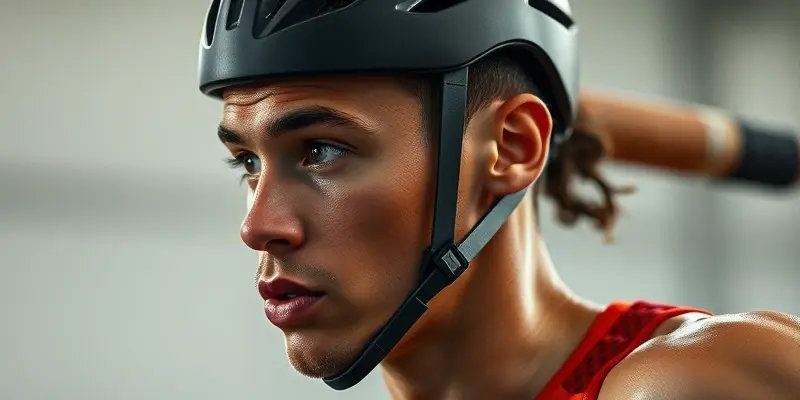Shin Splint Recovery: A Complete Guide for Athletes and Fitness Fans
Shin splints are frustrating for runners, gym-goers, and athletes of all levels. But with the right recovery approach, you can bounce back stronger—and avoid repeated setbacks. At Gympulse Club, our mission is to help you recover smarter, maintain your motivation, and get you moving pain-free.
What Exactly Are Shin Splints?
Shin splints (medial tibial stress syndrome) cause pain along the shin bone—usually from overuse, training mistakes, or weak stabilizers in the lower leg. If ignored, they can derail your training for weeks or even months.
Why do shin splints happen?
- Sudden spikes in activity or mileage
- Running on hard or uneven surfaces
- Worn-out shoes or poor foot biomechanics
- Weak calves, hips, or core muscles
The Four Phases of Effective Shin Splint Recovery
1. Acute Phase (0–3 Days): Calm the Inflammation
- Rest completely from running or jumping activities.
- Ice and elevate your shin for 20 minutes every few hours.
- Use compression sleeves to reduce swelling.
- Stick with low-impact movement (gentle ankle circles, some walking if pain-free).
Tip: Don’t rush this phase—masking pain with painkillers can worsen injury.
2. Subacute/Active Recovery (3–10 Days): Start Rebuilding
- Begin gentle strengthening: try toe walks, seated calf raises, and ankle mobility drills.
- Choose low-impact cardio (cycling, swimming, elliptical) to maintain fitness.
- If pain returns with activity, scale back and consult a physiotherapist.
3. Strength & Return-to-Activity (1–4+ Weeks): Gradual Loading
- Add eccentric calf exercises (like slow heel drops).
- Challenge your balance with single-leg stands.
- Reintroduce impactful activities slowly: start walk/run intervals and monitor your shins.
- Cross-train—swimming or rowing can keep you conditioned without aggravating your injury.
Case Example:
Emma, a recreational runner, returned to pain-free running in four weeks by following a structured walk/run program and strengthening her calves. She noticed better endurance and confidence post-injury.
4. Injury Prevention & Long-Term Performance
Address the root causes:
- Assess for overpronation (with a professional gait analysis).
- Strengthen hips and knees—don’t neglect core work!
- Update your shoes every 300-400 miles or if support fades.
- Add shin, calf, and Achilles stretches to every warm-up/cool-down.
- Train on softer surfaces when possible.
Nutrition & Recovery Tools:
- Prioritize protein, antioxidants, calcium, vitamin D, and omega-3s for bone and tissue repair. For more on the role of antioxidants in recovery, see antioxidants in sports nutrition.
- Use massage, foam rollers, and, if needed, a LEVER system (for supported running).
Stay Motivated During Injury: Mind & Body
Being sidelined is tough—mentally and physically. Here are some strategies:
- Set small, realistic goals: (“Today I’ll do 15 pain-free calf raises.”)
- Practice visualization: picture yourself running strong again by using techniques from visualization for healing.
- Focus on what you can do, not what’s off-limits.
- Engage with fitness communities (like Gympulse Club) for support and motivation.
Your Roadmap to a Strong Return
| Phase | Focus | Actions/Progress ||————————-|———————-|———————————–|| Acute (0–3 days) | Calm inflammation | Rest, ice, compress, move gently || Subacute (3–10 days) | Gentle rehab | Light strength, low-impact cardio || Strength/Return (1–4+ wks)| Build resilience | Progressive loading, cross-train || Prevention | Durable performance | Mobility, footwear, nutrition |
Final Tips from the Gympulse Team
- Only return to full activity when you’re pain-free at rest and with impact.
- Listen to your body—pain is information, not weakness.
- Use setbacks as a chance to build smarter habits (and resilience).
- Share your progress and tips with our Gympulse community!
Ready to recover and return to your goals? Bookmark this guide and revisit it whenever you need a boost or a reminder of the smart, evidence-based way to get back on track.
By following these steps—grounded in expert knowledge and motivational strategies—you’ll reduce your risk of relapse and reclaim your active lifestyle with confidence. Stay strong and remember: the Gympulse Club is with you every step (and stride) of the way!

